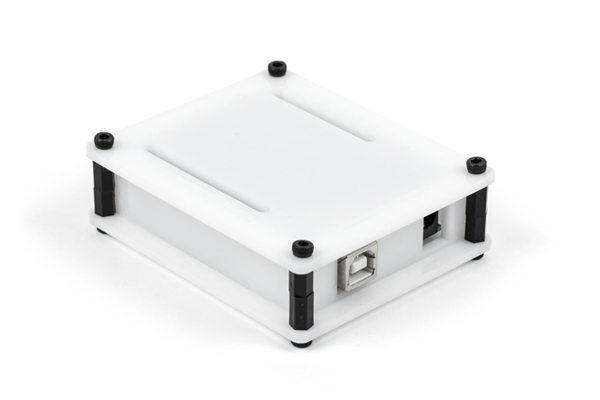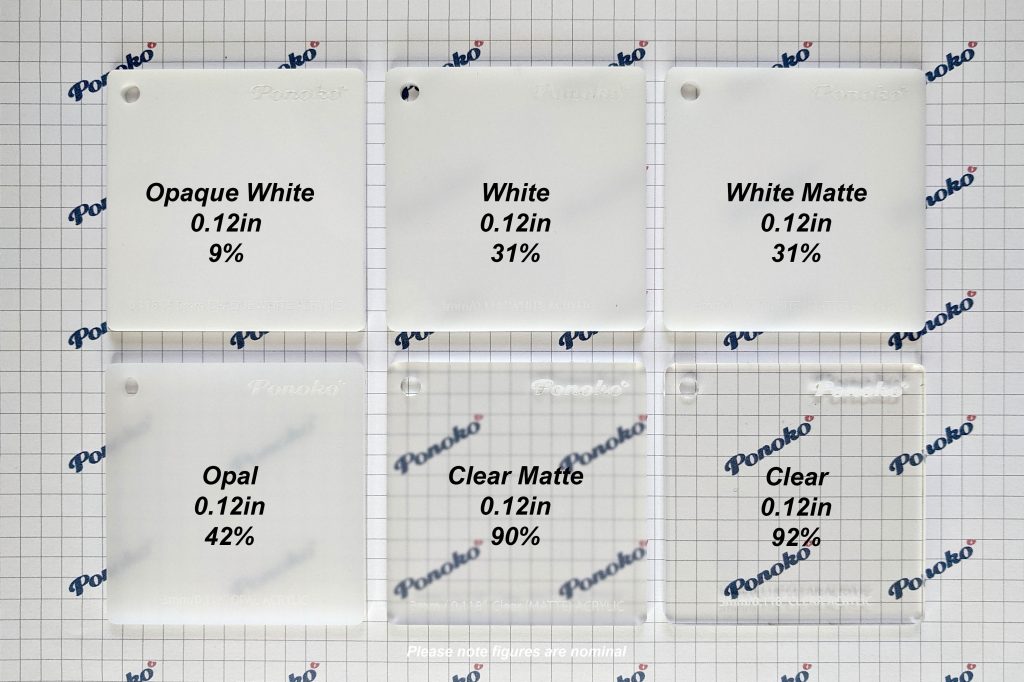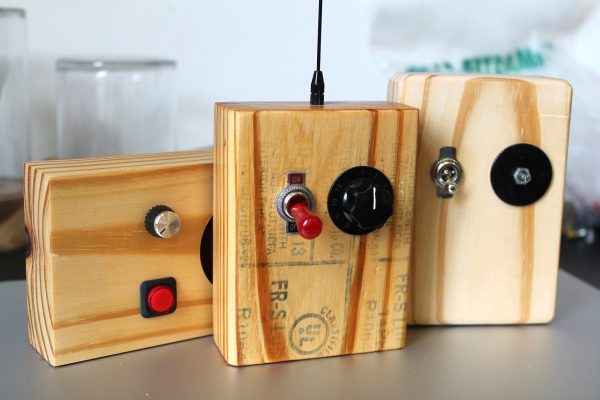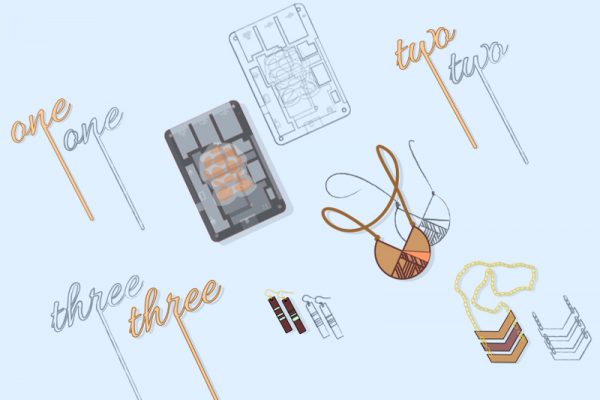
Comparative Data for White, Opal & Clear Acrylic
Making up the largest portion of the Ponoko materials catalog, acrylic is a very popular material for laser cutting. Being stronger than glass, UV resistant and economical in price it’s used for a wide range of applications including electronics enclosures and signage. When it comes to selecting the right finish for an application, similar color options can be hard to differentiate between. This article comparing shades of white acrylic provides numeric and visual information to help provide clarity on options currently available.
Light Transmission Data
The biggest difference between opaque white, white and opal acrylic options is the amount of light each of these materials let through. With this in mind, here are some approximate light transmission values. Included is clear and clear matte acrylic options, because these are often considered and compared with white options:
| Color | Thickness | Light Transmittance (%) |
| Opaque White | 0.12in (3mm) | 9% |
| White Matte | 0.12in (3mm) | 31% |
| White | 0.12in (3mm) | 31% |
| Opal | 0.12in (3mm) | 42% |
| Clear Matte | 0.12in (3mm) | 90% |
| Clear | 0.12in (3mm) | 92% |
In the white colors, light transmission changes with the thickness of the material. The thicker the white material, the less the light transmission. For example, a thicker opal option will have a lower transmission number than listed above.
Shades Of White: A Visual Comparison
While having numerical data provides accuracy, a visual comparison can provide a clarity that may not be as obvious from a table. With this in mind, below is an image of the materials listed above. The background print is used to illustrate the visibility of background objects with each material in the 0.12 (3mm) thickness.

Popular Uses For Materials
Still not sure which color of acrylic is right for your needs? Here are some common ways these acrylic colors are used:
Opaque white – Popular for signage where high contrast white options are wanted due to its low light transmission value.
White – Popular for signage where high contrast is not required.
White Matte – Popular for panels and also electronics enclosures with high touch use (due to matte material showing less finger prints when compared to gloss)
Opal – Popular for backlit illuminated signage (generally light is placed behind opal material, making this material popular for light box type installations).
Matte Clear – Popular for electronics enclosures (due to matte material showing less finger prints compared to gloss and internal components are hinted at, but not fully exposed)
Clear – Popular for edge lit panels (signage and electronics) and also mounting plates (electronics).
Get your own samples
We hope this helps you select materials without delay. However, sometimes seeing materials in real life can be best. You can order physical samples such as pictured above from the Ponoko materials pages.
If you’d like more material comparison information like this, please comment below about the type of information that you would like to see.


